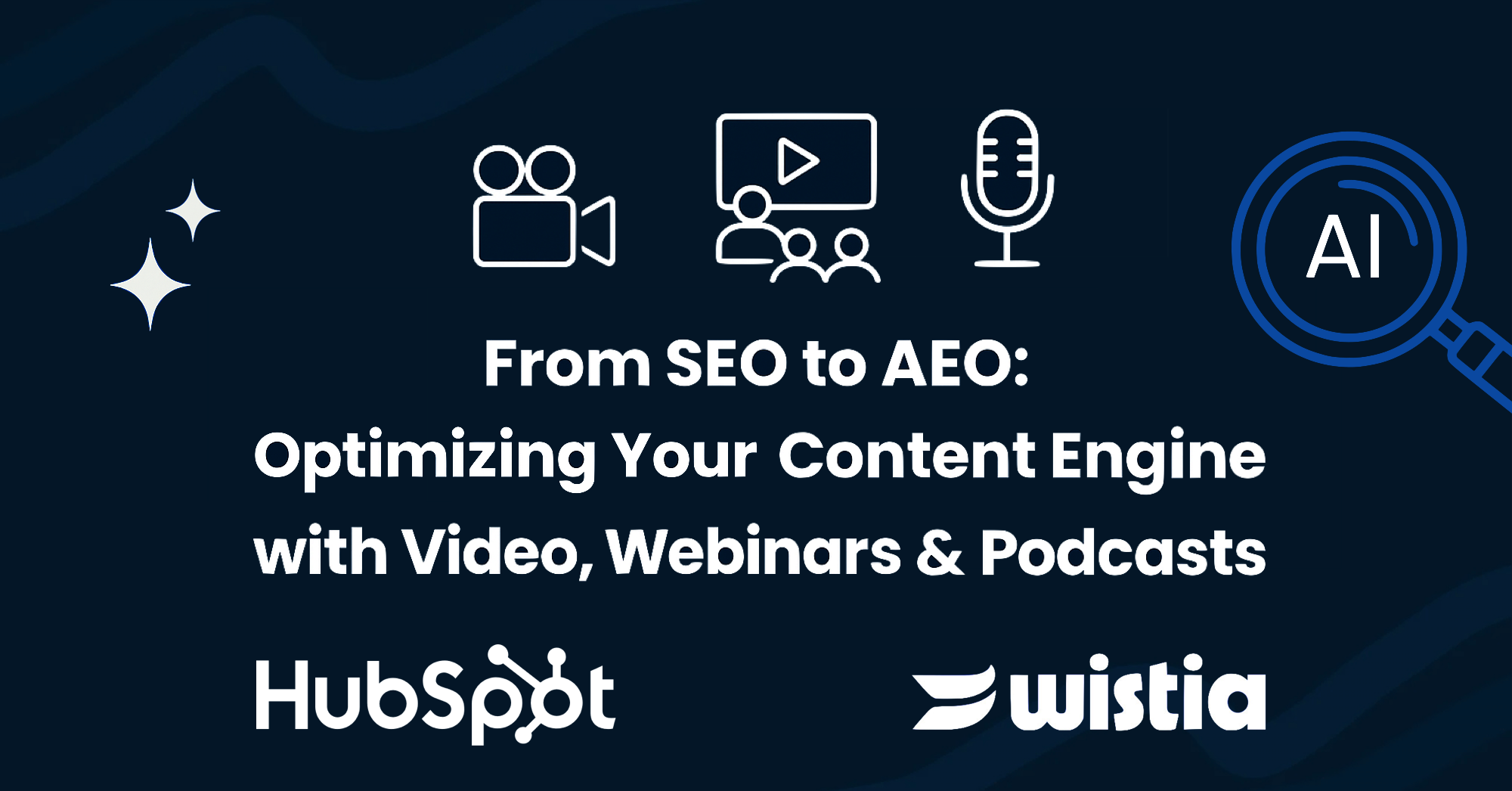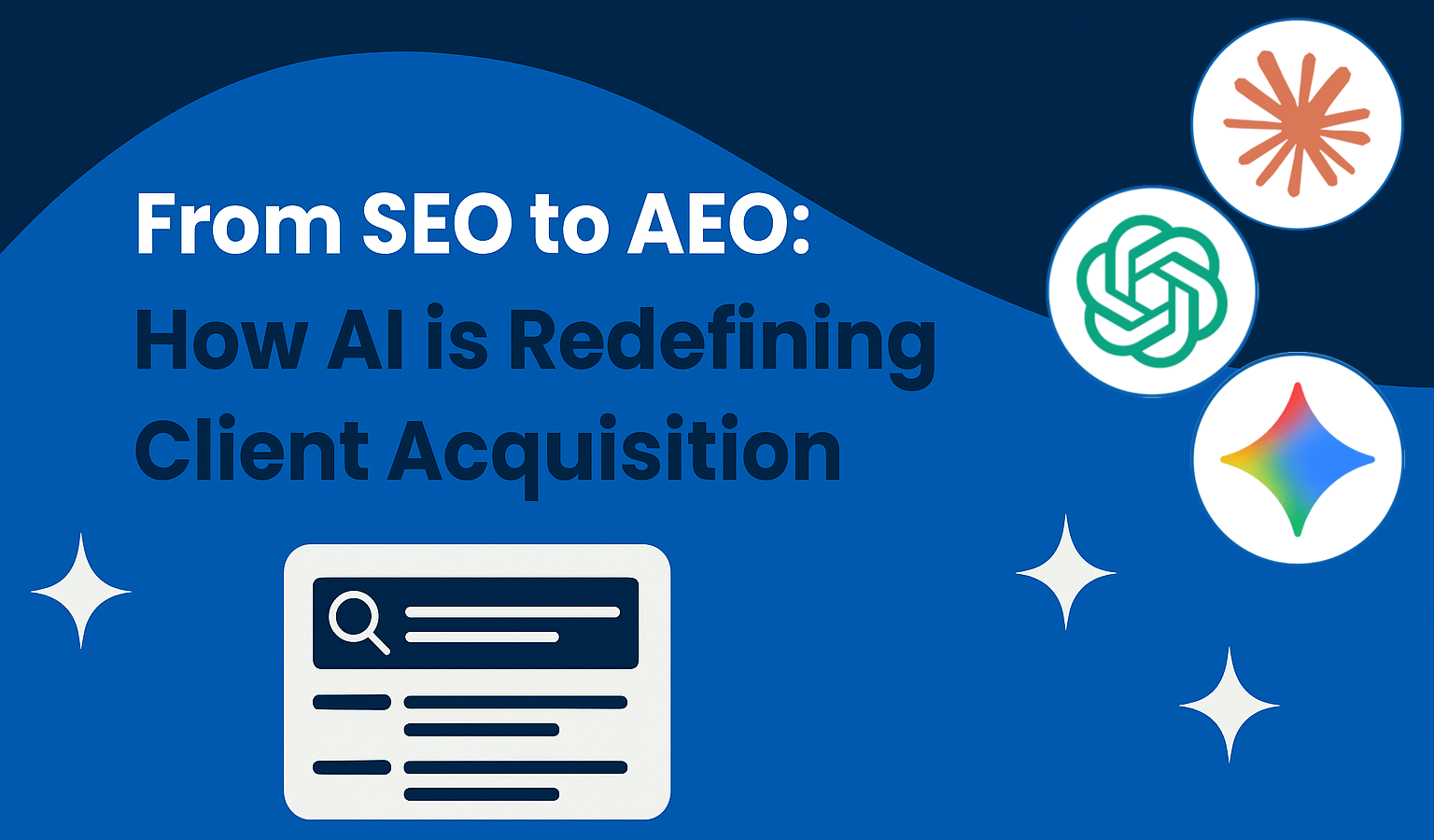Website redesign is exciting; a new look, new content and hopefully new traffic! In doing a redesign, however, there are many things to consider in order to enhance your search engine optimization. Here are some of the common mistakes in redesign:
1- Failing to Think About SEO From the Beginning
Waiting to have an SEO expert review your new site when you have finished or nearly finished it is a bad idea and will usually cost you much more in redesigning (again) and coding. Think about SEO from the very beginning so it can be included in your redesign and built around it.
2- Not Auditing Your Existing Site
This should be done when a website is first launched, however, if you haven’t been doing this, start before you rip down your former site and have a plan to know how you’re going to make your new website successful. Review your site to know who is visiting, know your top keywords, and what pages receive the most traffic. By doing this, you will be better able to determine problem areas along with successful ones so you will know what to improve.
3- Failing to Use Commonly Searched Keywords
Keywords are a large part of your new websites success. Content should first read well for humans and search engines secondly. They should contribute and fit naturally into your content and each page should have one focused keyword and be included 1-3 times in the pages content. Make sure your meta description and page title also have a keyword.
4- Not Setting up 301 Redirects
The last thing you want when a consumer is visiting your website is for them to receive the dreaded “Page Not Found” error. Including 301 redirects will keep your visitors on track and keep them from getting lost because of page transfers.
5- Not Considering URL Structure
Including URL’s in your content is a great way to keep your visitors interested and educated. Google prefers URL’s that make your page easy to understand. Using dashes (-) rather than underscores (_) is a huge way your URL’s will be more successful. Google reads underscores as spaces and dashes as separators which means it can return results when a single words is searched.
6- Shady Backlinks
Having backlinks (inbound links) from trusted websites is one way to score your search rankings a boost, however, if Google believes they are spammy , this will result in negative SEO. When redesigning, analyze your backlinks and only keep ones from trusted websites.
7- Not Implementing Responsive Design
With the amount of users searching the web from devices other than a desktop, using responsive design is huge! This means your website’s URL’s and HTML are the same on all devices. Implementing this design means Google will be able to retrieve your content much easier.
8- Forgetting to Unblock Search Engines
All of that hard work in your redesign, and you’re not showing up on Google! Be sure to double check that you don’t have search engine blocking turned on and you’ll be able to be found!
9- Not Using Analytics Tracking
The only way to be sure your newly designed website is being successful… especially more successful than the old design… is to be using analytics. Tracking traffic and clicks, for example, can help you learn where further improvement is needed… or not needed!
10- Failing to Think Like a Human
Designing your website strictly for SEO can be a mistake. Remember that you are ultimately trying to reach your consumers. Focus on creating content your visitors will enjoy reading and keep it natural.
Keeping these points in mind will help SEO take care of itself so you can sit back and enjoy watching your traffic spike! Click here to download the entire guide.


-1-1.png)


